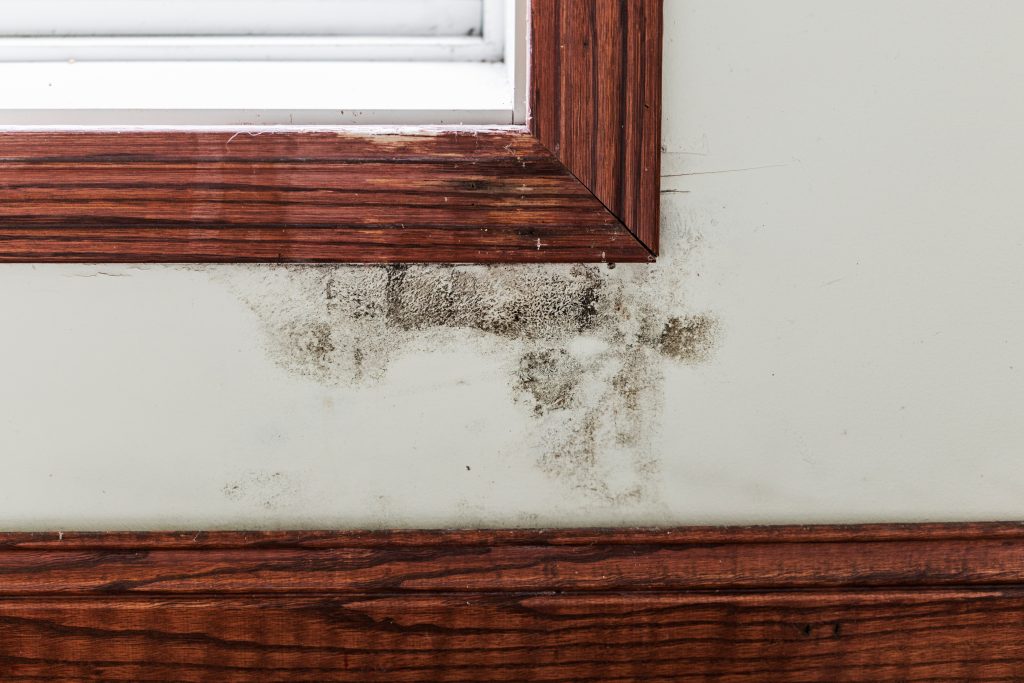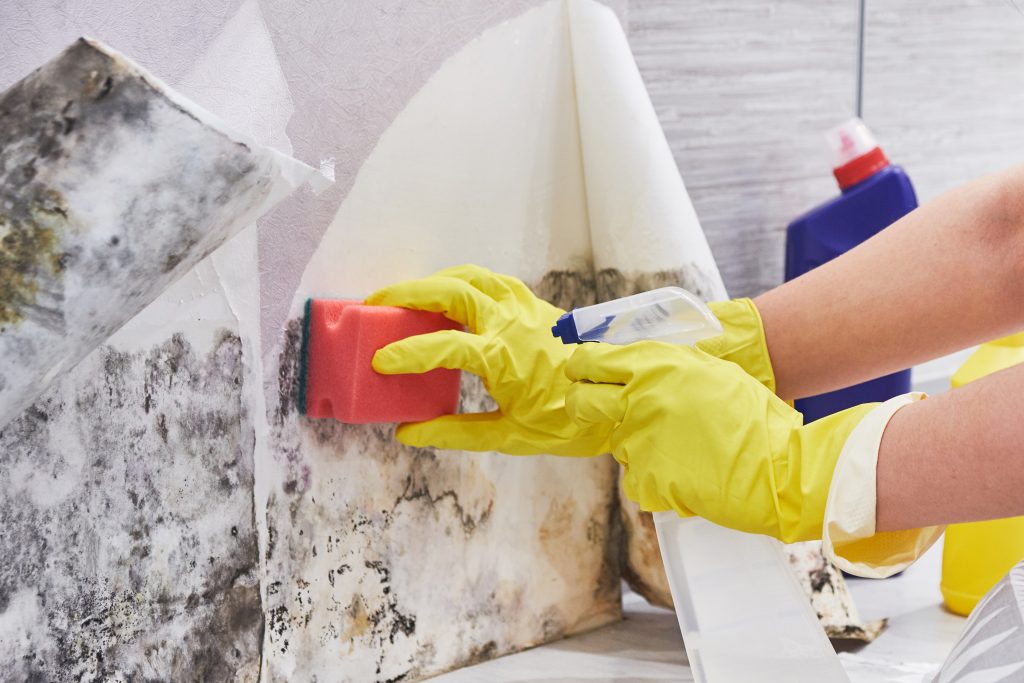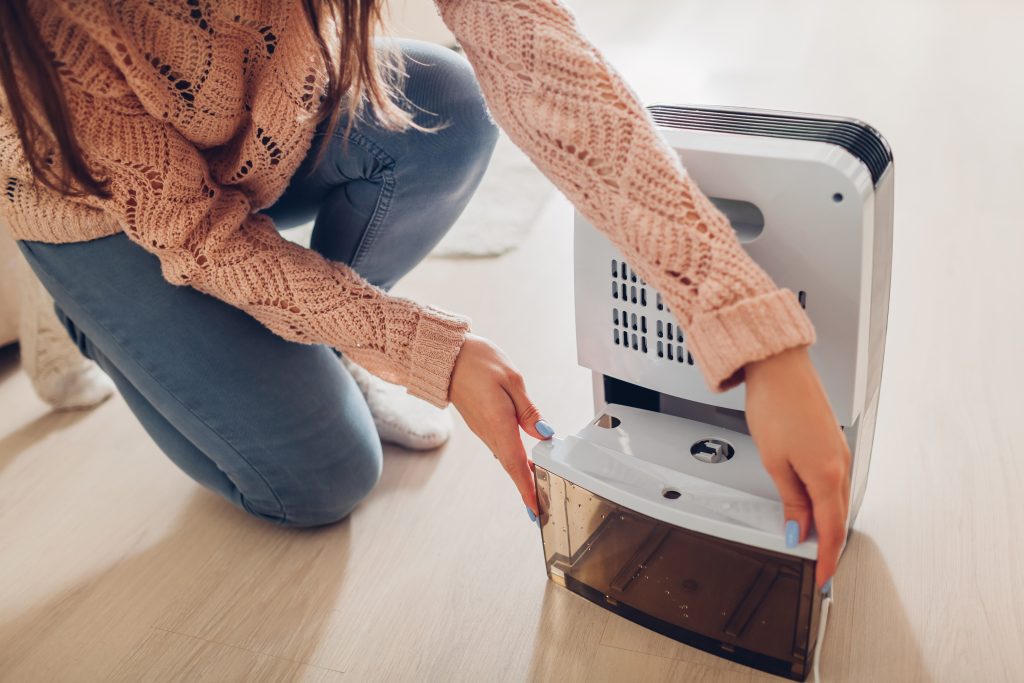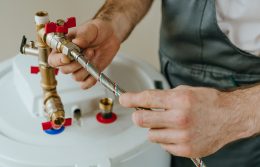Guide to Spotting & Treating Mold in the Home
Mold reproduces with teeny-tiny spores, invisible to the naked eye, which can cause health problems once inhaled. At best, mold can produce allergens that induce hay fever and asthma attacks. At worst, they can be toxic! If you suspect mold in the home, act fast before it gets out of control.

How to Spot Mold in the Home
Mold can be just about any color of the rainbow. It can be fuzzy, slimy, or resemble dust. First, look for splotchy patches of mold anywhere with high humidity or standing water, such as:
- In showers.
- Under sinks.
- Along windowsills.
- Near vents.
If you smell mold or encounter allergy issues with no other obvious culprit, it’s time to look a little deeper. Mold can hide in places like:
- The backside of drywall, wallpaper, or paneling.
- Under carpets.
- Inside walls around leaking pipes.
- Inside ductwork.
- Between walls and furniture, where condensation builds.

Mold Treatment
According to the Environmental Protection Agency (EPA), if your mold problem is less than 10 square feet, you can tackle treatment yourself. Dead mold may still cause allergic reactions, so killing it with biocides (i.e., bleach) isn’t enough. Neither is painting or caulking over it because those materials won’t correctly adhere and will slide off.
You need to remove and replace moldy carpet, ceiling tiles, drywall, or other absorbent materials with new material. Always wear an N-95 respirator mask and rubber or PVC gloves that go halfway up your forearms. Wearing goggles without ventilation holes will keep spores out of your eyes. Then, address the issue that caused moisture buildup in the first place to prevent a repeat infestation.
When to Call in the Professionals
The EPA and other government agencies haven’t designated “safe” or “unsafe” levels and/or types of mold in the home, so testing is not usually recommended. Instead, call in the professionals when you have mold problems that exceed 10 square feet and require a specialist. (For example, an HVAC specialist if the mold is in your ductwork.)

How to Prevent Mold In the Home
While there are numerous types of mold, they all require moisture to grow. Mold prevention is all about moisture control.
- Keep the humidity in your home less than 50% using an air conditioner or dehumidifier. You can buy humidity meters at most home improvement stores, and some smart thermostats report moisture levels.
- Ensure you have exhaust fans for the kitchen and bathrooms and that your dryer vents outside your home.
- Promptly repair leaks in your roof, walls, or plumbing.
- Do not use carpets in bathrooms or basements with a lot of moisture.
- Keep air conditioning drip pans clean and drain lines flowing appropriately.
With mold issues under control, breathe easy by taking these steps toward a toxin-free home.
© 2024 Texas Farm Bureau Insurance



